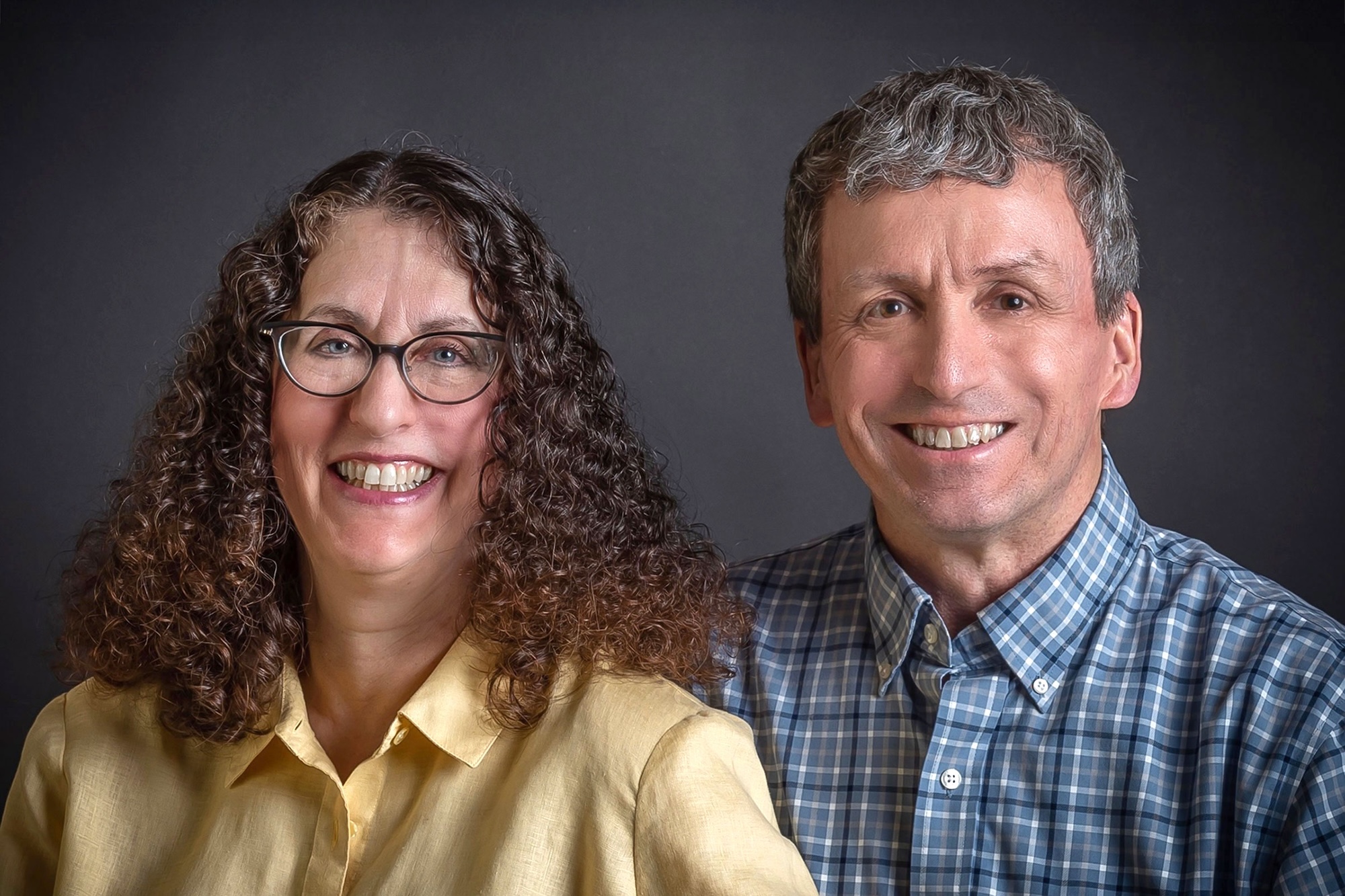MIT connections are strong for Ron Chaney ’85, SM ’86, PhD ’93, and wife Julie Greenberg SM ’89, PhD ’94, of Arlington, Massachusetts.
Chaney earned bachelor’s, master’s, and doctoral degrees from MIT in electrical engineering, and after working at MIT Lincoln Laboratory and MIT spinoff AlphaTech, went on to a nearly 24-year career at MIT spinoff Akamai Technologies, recently retiring as vice president for performance engineering.
“If you count my time as a co-op student at Raytheon, which was founded by MIT engineering dean Vannevar Bush, I have worked either directly for MIT or an MIT spinoff my entire career,” Chaney notes.
Greenberg came to MIT for graduate studies, earning her master’s in electrical engineering and then a doctorate through the joint Harvard-MIT Program in Health Sciences and Technology (HST). She went on to direct HST’s PhD program in Medical Engineering and Medical Physics.
Funding scholarships with trusts
The couple’s philanthropic priorities include funding education, advancing social causes, and assisting underserved groups. They have been generous donors to MIT, supporting, among other causes, scholarships, MIT Hillel, and the MIT Introduction to Technology, Engineering, and Science (MITES) program. MITES encourages high schoolers from diverse backgrounds around the country to pursue STEM learning, and is “one of MIT’s hidden gems,” according to Greenberg.
In preparing for retirement, they have taken advantage of MIT’s planned giving options, which have enabled them to streamline their estate planning while ensuring future financial support for MIT’s mission. The couple established a charitable remainder trust through the MIT Office of Gift Planning that is invested alongside the MIT endowment. It provides income during their lifetimes and will support undergraduate scholarships at MIT as the ultimate purpose.
Making bequests with donor-advised funds
They have also made a bequest whereby 50% of a donor-advised fund (DAF) they set up at their financial institution will one day come to MIT. A DAF can simplify charitable giving while facilitating strategic philanthropic goals. Donors can create a charitable account maintained by MIT or an outside investment firm from which donor-advised grants may be made to MIT as well as to other charitable organizations.
“We put money into the donor-advised fund at times that are convenient for us to give to a charity,” Chaney said. “The donor-advised fund is invested in a very standard way, but it continues to earn and appreciate. We can make allocations from the donor-advised funds as the opportunities arise—for example, if we want to make an annual gift or if a MITES campaign comes up. We can guide where the donations go. We have named MIT as a 50% beneficiary, so we know that if something happens to us, it’s going where we want it to go.”
Donor-Advised Fund
Give once. Support many.

While their DAF was established through a financial services company, it is possible to create one directly through MIT. The MIT DAF is managed by the MIT Investment Management Company. This eliminates the need for a separate administrative or family office, significantly lowers expenses, and potentially carries tax benefits. The donor is able to recommend grants to MIT or other charities.
“We’re great believers in education,” says Chaney. “To us, it is the great equalizer, giving opportunities to people who might not otherwise have them. We’ve seen that play out at MIT.”
The OGP team has worked with thousands of alumni and their advisors to craft planned gifts that are personal, practical, and transformational.

